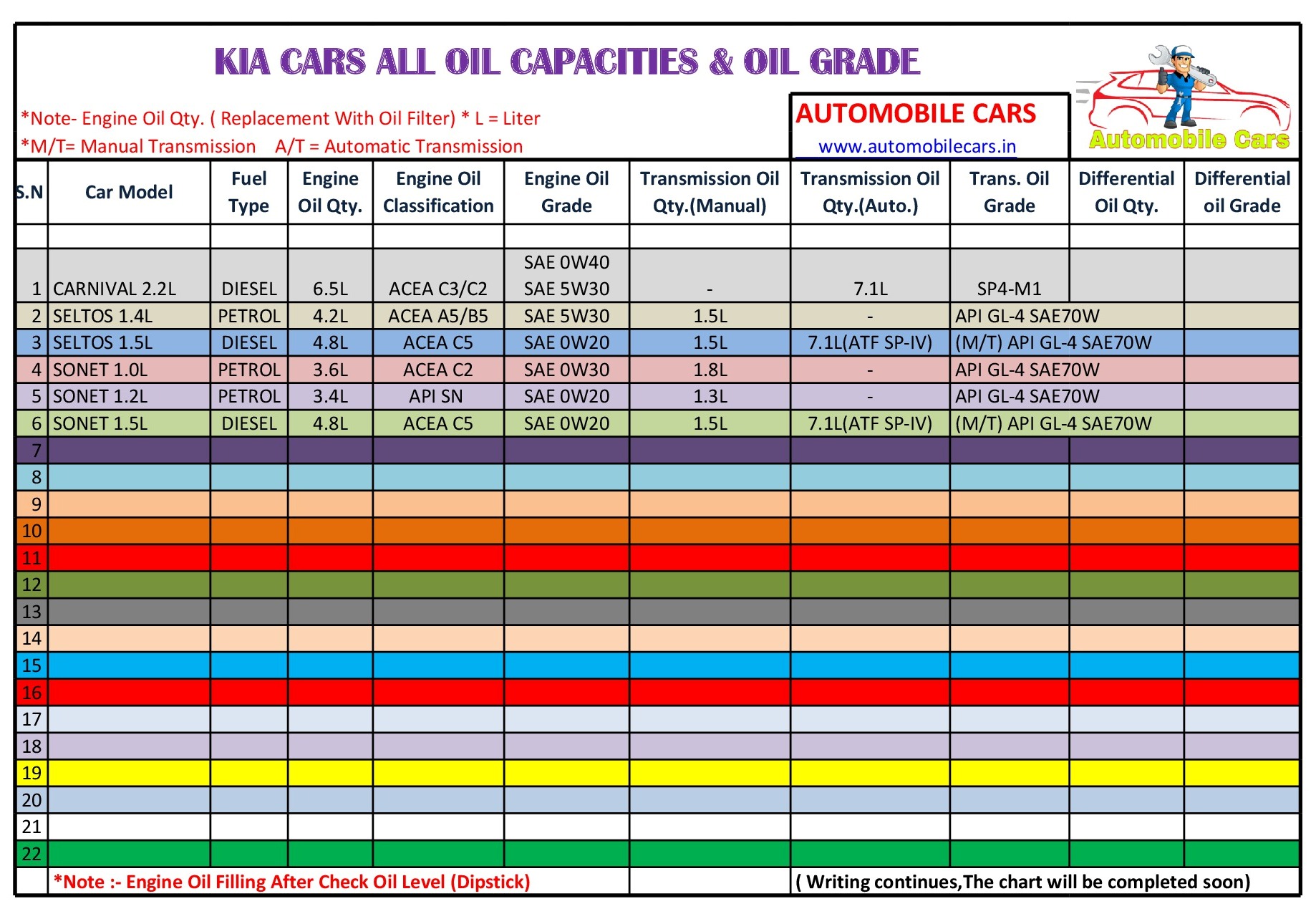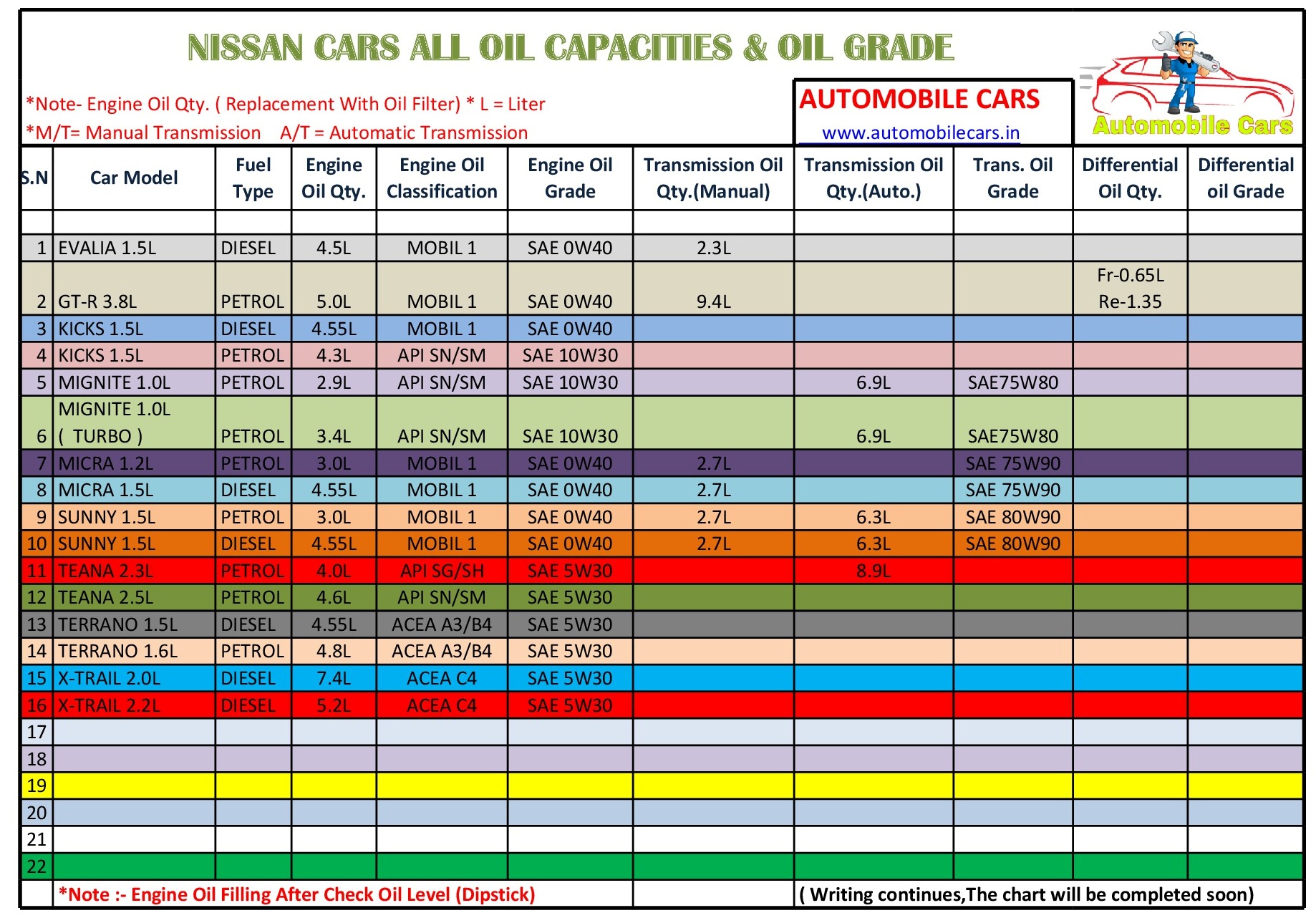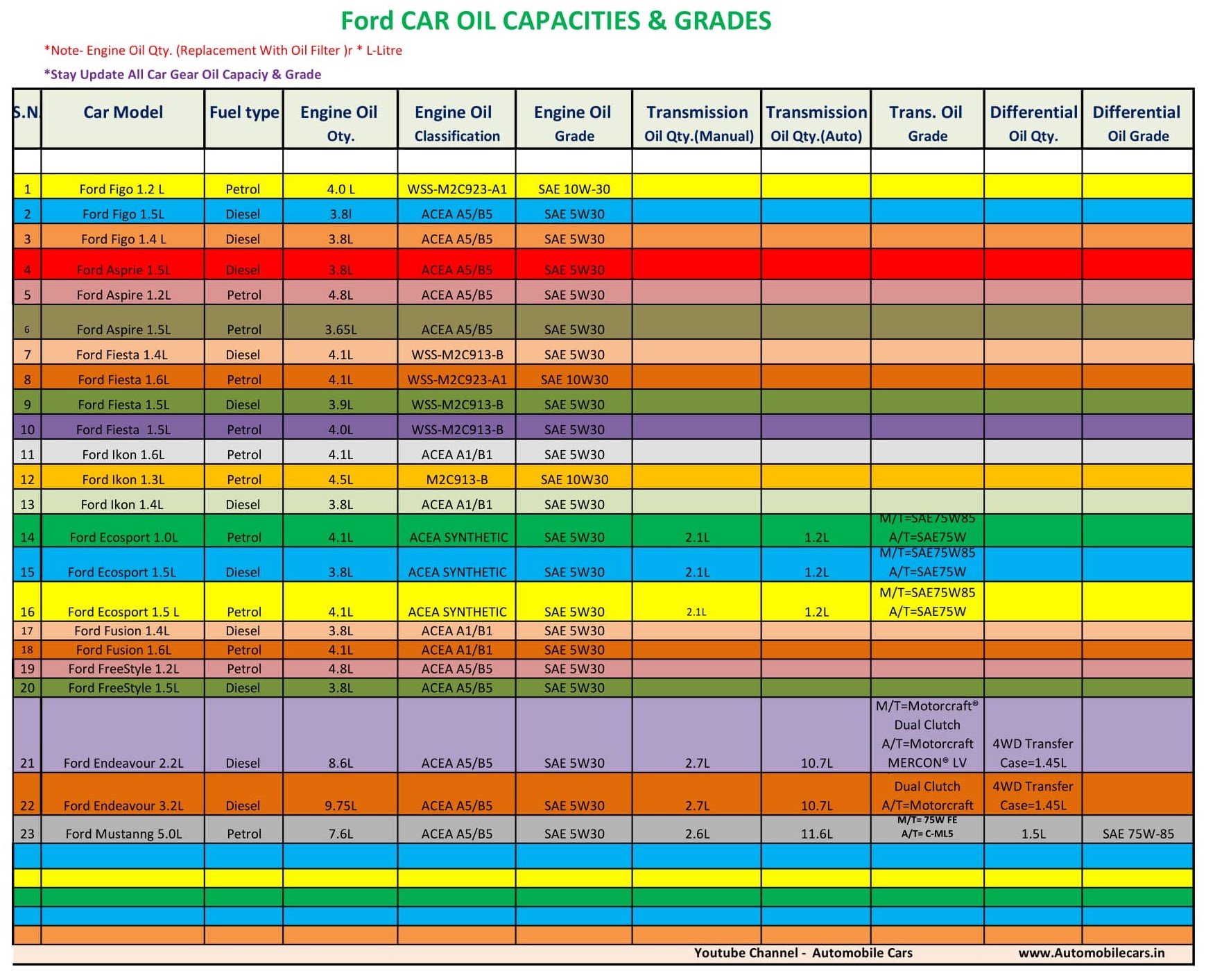The world of automotive engineering is intricate and multifaceted, particularly when it comes to understanding the oil capacity of vehicles. Among various capacities, the term "oil capacity 5.3" has gained significant attention, especially within the context of engine performance and maintenance. This figure often refers to the volume of oil that an engine requires for optimal operation, and it plays a critical role in ensuring that vehicles run smoothly and efficiently. As car enthusiasts and mechanics alike strive to achieve the best performance from their vehicles, knowing the precise oil capacity can be the key to unlocking longevity and functionality. This article delves into the details surrounding oil capacity 5.3, exploring its implications, significance, and frequently asked questions that drivers might have.
Understanding oil capacity is crucial not just for vehicle performance, but also for the overall health of the engine. Oil serves a multitude of purposes, from lubricating engine components to preventing overheating and reducing wear and tear. When the engine oil capacity is not correctly maintained, it may lead to severe consequences, including engine failure. Therefore, knowing your vehicle's specific oil capacity, such as the oil capacity of 5.3, can be a game changer for car owners as they navigate the responsibilities of vehicle maintenance.
In this comprehensive guide, we will explore various aspects of oil capacity 5.3, including its significance, how to check and maintain it, and common questions that arise among vehicle owners. Whether you are a seasoned mechanic or a novice car owner, this article aims to equip you with the knowledge you need to take care of your vehicle and ensure that it performs at its best.
What Does Oil Capacity 5.3 Refer To?
The term "oil capacity 5.3" typically refers to the volume of engine oil that certain vehicles require, specifically those with a 5.3-liter engine. This capacity is crucial for optimal performance and longevity of the engine. Understanding this value helps vehicle owners maintain their engines effectively.
Why is Oil Capacity Important?
The oil capacity of a vehicle directly impacts its performance and reliability. Here are some reasons why it matters:
- Ensures proper lubrication of engine components
- Prevents overheating by dissipating heat
- Reduces friction and wear on moving parts
- Enhances fuel efficiency
- Helps in cleaning and suspending contaminants
How Can You Check Your Oil Level?
To maintain the oil capacity of 5.3, it's essential to regularly check your oil levels. Follow these steps:
- Park your vehicle on a level surface.
- Wait for the engine to cool down.
- Remove the dipstick and wipe it clean.
- Reinsert the dipstick and remove it again to check the oil level.
- Top off the oil as needed, ensuring not to exceed the maximum level.
What Type of Oil Should You Use for Oil Capacity 5.3?
Choosing the right type of oil for your vehicle is as important as knowing its capacity. Most vehicles with an oil capacity of 5.3 benefit from synthetic or conventional oils. Always refer to your vehicle's manual for specific recommendations.
How Often Should You Change Your Oil?
Regular oil changes are crucial for maintaining the performance of an engine with oil capacity 5.3. Generally, it's advisable to change your oil every 5,000 to 7,500 miles, depending on the type of oil used and driving conditions.
What Happens If You Overfill or Underfill Your Oil?
Both overfilling and underfilling your engine oil can lead to serious issues:
- Overfilling: Can cause excess pressure in the crankcase and lead to oil foaming.
- Underfilling: Can result in inadequate lubrication, leading to engine wear and overheating.
How Does Oil Capacity 5.3 Compare to Other Capacities?
When compared to other engine oil capacities, such as 4.0 or 6.0, the 5.3 capacity strikes a balance between performance and efficiency. Understanding these differences can help vehicle owners make informed decisions about maintenance.
What are the Common Myths About Oil Capacity?
Several myths surround oil capacity, especially when it comes to the 5.3 capacity:
- Myth 1: More oil means better protection. (Not necessarily true; overfilling can be harmful.)
- Myth 2: Oil doesn't need to be changed frequently. (Regular changes are crucial for engine health.)
Conclusion: Why Understanding Oil Capacity 5.3 is Essential?
In summary, comprehending the oil capacity of 5.3 is vital for any vehicle owner looking to maintain their engine's health and performance. By knowing how to check your oil levels, what type of oil to use, and the consequences of incorrect oil maintenance, you can extend the life of your engine and enjoy a smoother driving experience. Always consult your vehicle's manual for the most accurate information regarding oil capacity and maintenance.
Article Recommendations
- Chris Wood Actor
- Ku Basketball Game Today
- Keith Washington Singer
- Sandy Playboy
- Down South Music
- Midwife And The Baker
- Josh Reynolds Draft
- Ben Harper
- Joe Metheny
- European Wax Center 360 Lexington Ave New York Ny 10017
Also Read


